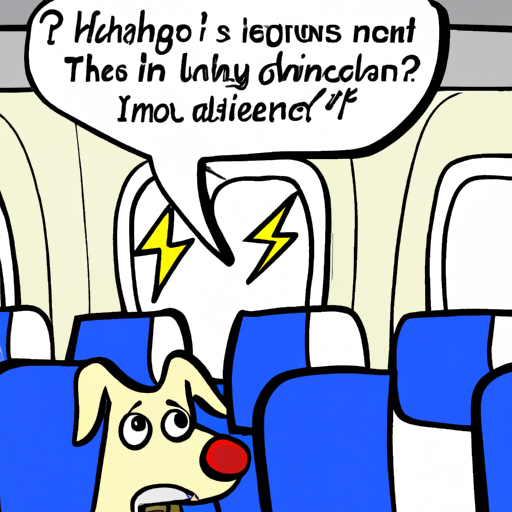Understanding the Canine Perspective
You’re a devoted caregiver to your furry companion, always seeking to understand their needs and feelings. So it’s natural for you to wonder, how stressful is flying for dogs? While every dog is unique, most canines experience some level of stress during air travel. This is due to the unfamiliar surroundings, loud noises, and changes in air pressure.
Imagine being in a strange, confined space, bombarded with unfamiliar sounds, and unable to comprehend what’s happening. That’s the perspective of your pet when they’re in the hold of an airplane.
The Physical Impact of Flying on Dogs
When it comes to the physical impact on dogs, the experience can vary. Some dogs may experience:
- Changes in heart rate
- Panting or drooling
- Loss of appetite
- Gastrointestinal upset
| Symptoms | Possible Cause |
|---|---|
| Changes in heart rate | Anxiety or stress |
| Panting or drooling | Anxiety or stress |
| Loss of appetite | Nausea due to motion sickness |
| Gastrointestinal upset | Nausea or anxiety |
How to Minimize Stress for Your Dog
To minimize stress for your dog, preparation is key. Here are some steps you can take:
- Familiarize your dog with their carrier: Make the carrier a positive space for your dog by placing treats, toys, and a blanket that smells like home inside.
- Visit the vet: Ensure your dog is healthy enough to fly and ask about anti-anxiety medication if necessary.
- Exercise before the flight: A tired dog is a calm dog, so make sure your pet gets plenty of exercise before heading to the airport.
- Pack familiar items: Bring along your dog’s favorite toys or blanket to provide a sense of comfort and familiarity.
The Role of Airlines in Your Dog’s Comfort
Airlines have a responsibility in ensuring your dog’s comfort during the flight. Different airlines have different policies, so it’s crucial to research and choose an airline that prioritizes animal welfare. Here are a few things to consider:
- Cabin or cargo: Some airlines allow small dogs in the cabin, while others may require them to be stowed in cargo.
- Temperature control: Check if the airline has temperature-controlled and ventilated cargo holds.
- Direct flights: Whenever possible, choose direct flights to minimize the total travel time for your pet.
Preparing for the Unexpected
Even with the best preparation, unexpected situations can arise. Your dog may react differently to flying than expected, or there could be flight delays or cancellations. Having a backup plan, such as knowing the location of emergency vet clinics near your destination, can provide peace of mind.
Frequently Asked Questions
Q: Can I sedate my dog for air travel?
A: It’s best to consult with your vet. Some dogs may benefit from sedatives, while for others it may pose risks.
Q: How can I comfort my dog during the flight?
A: Familiar items like toys and blankets can help. If your dog is allowed in the cabin, gentle reassurances can also ease their anxiety.
Q: What if my dog refuses to enter the carrier?
A: Try to make the carrier a positive place for your dog by associating it with treats and favorite toys.
Remember, as a caregiver, your calm and confident demeanor can also help reduce your pet’s stress levels. With careful preparation, flying can become a less stressful experience for both you and your dog.



